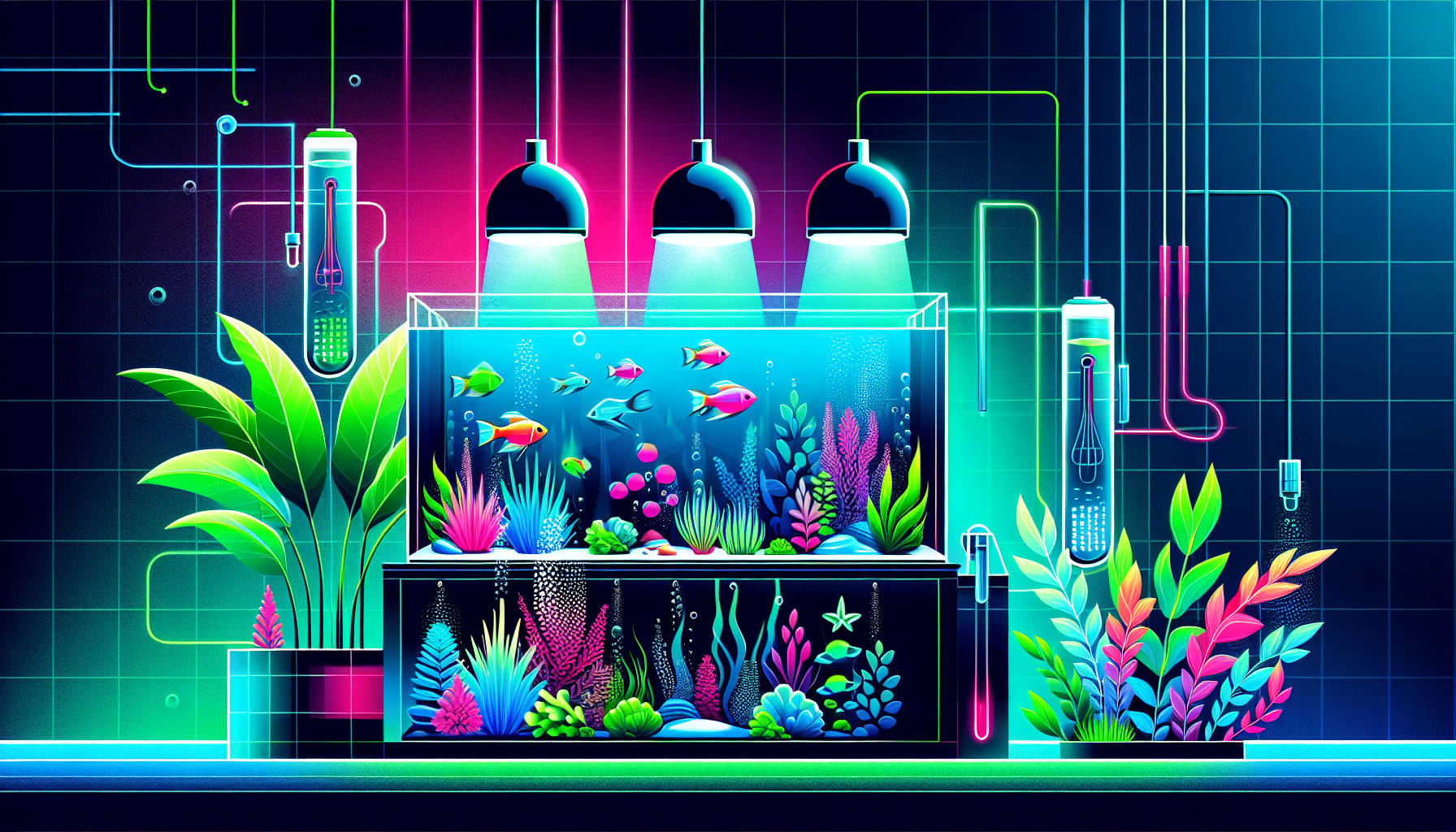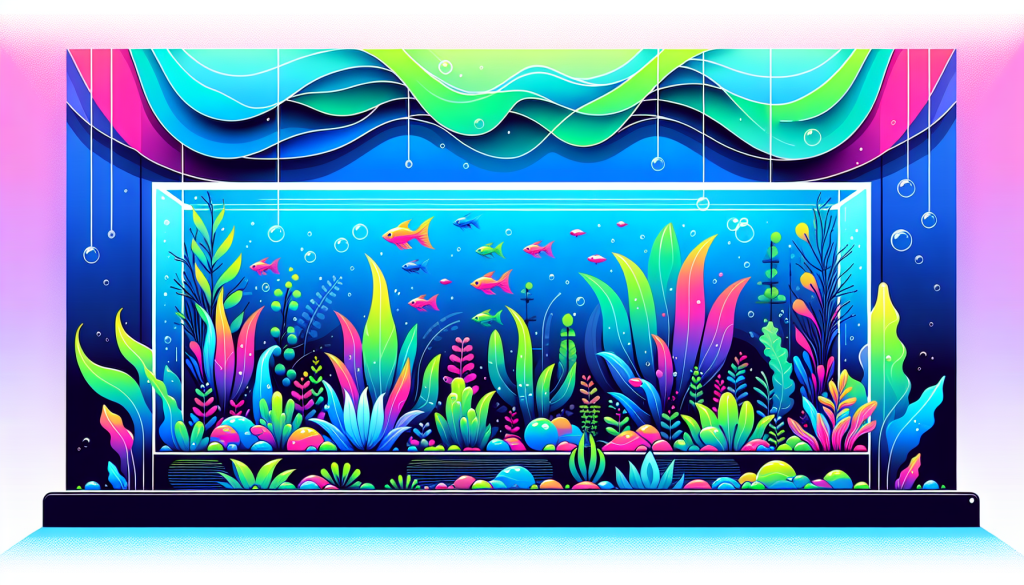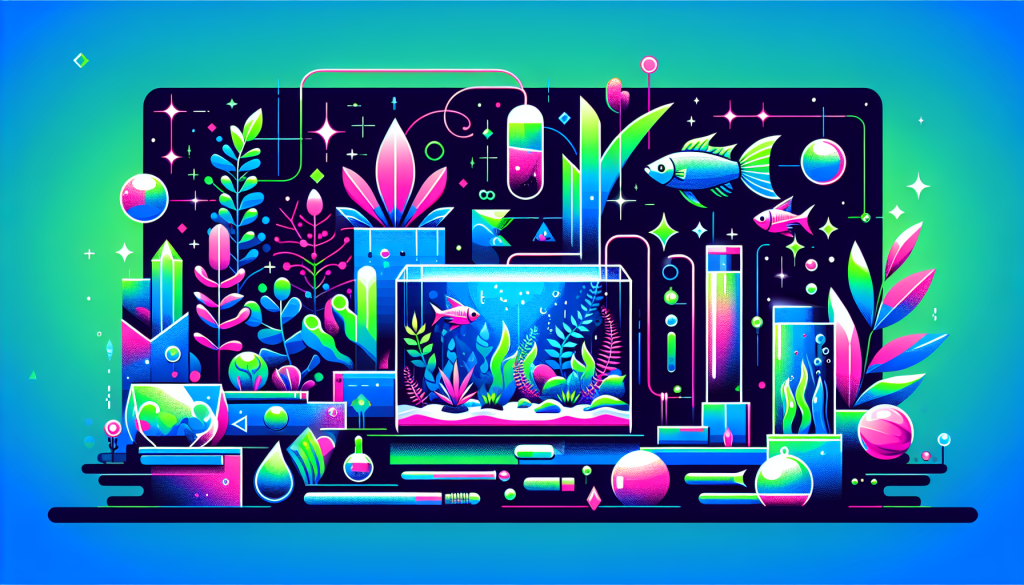Costs, Gear, and Time: Planning for CO2 and Light Balance
Achieving that lush, vibrant aquascape you’ve been dreaming about doesn’t happen by accident. The secret? Mastering the balance between CO2 and lighting. But what does it really take—in terms of costs, equipment, and your valuable time—to create and sustain this delicate harmony in your planted aquarium? This guide will break it all down, helping you make confident choices, manage your budget, and set realistic expectations for your next setup.
Why CO2 and Light Balance Matters in Aquascaping
The interplay between carbon dioxide and light is the foundation of aquatic plant health. Too much or too little of either can kickstart algae troubles or stunt your plants’ growth. Understanding and achieving the right CO2 and light balance unlocks dense carpets, bright reds, and healthy, thriving plants—no matter if you’re a newcomer or an experienced aquascaper.
Understanding the Costs: Budgeting for CO2 and Lighting
CO2 System Investment
There are several approaches to adding CO2 to your aquarium, and the choice will dramatically affect your initial and ongoing costs:
- DIY CO2 Kits: Inexpensive (often under $50), suitable for nano tanks and low-tech setups, but less consistent.
- Pressurized CO2 Systems: Offer precise control and reliability. Expect to spend $120–$300 for a complete setup (regulator, cylinder, diffuser, tubing).
- Replacement CO2: Pressurized cylinders need periodic refills—budget $10–$20 per refill (frequency varies by tank size and bubble rate).
Lighting Equipment Costs
Lighting directly impacts both plant growth and algae risk, and the right fixture also highlights your aquascape’s beauty:
- Entry-level LED Fixtures: $30–$80, good for low-to-medium-light plants.
- High-end Aquascaping LEDs: $120–$400+, ideal for demanding plants and true color rendering.
- Light Timers: Invest $10–$20 to automate your lighting schedule for reliability and convenience.
For a deep dive into choosing the right LEDs, check our guide on the best LED lights for aquascaping.
Ongoing Costs to Consider
- CO2 cylinder refills or replacement solutions
- Power consumption (lighting and CO2 solenoid)
- Replacement parts (diffusers, tubing, check valves)
Altogether, you should budget at least $160–$500 for the combined setup and expect small monthly or quarterly maintenance costs.
Essential Gear for CO2 and Light Balance
CO2 Hardware Checklist
- CO2 cylinder (5lb standard for most tanks)
- Regulator (dual-stage recommended for consistency and safety)
- Needle valve and solenoid for precise adjustment and timing
- Diffuser/reactor to dissolve CO2 efficiently
- Drop checker to monitor in-tank CO2 levels
- Bubble counter for measuring CO2 injection rate
Lighting Essentials
- LED or T5 fixture suited for your tank’s dimensions
- Spectrum and intensity matching your plant selection
- Adjustable mounting system for fine-tuning height and spread
- Timer or controller for daily photoperiod management
Supporting Accessories
- Test kits (CO2, pH, KH) to track parameters
- Algae scraper or magnet
- Proper fertilization gear to complete the nutrient triangle
For tips on selecting compatible gear, explore our article on building a complete aquascaping setup.
Time Investment: Setup and Maintenance Realities
Initial Setup
- CO2 system installation: 1–2 hours
- Lighting fixture installation: 30–45 minutes
- Dialing in CO2 and light levels: Several days to weeks (monitoring plant health and adjusting)
Ongoing Maintenance
- Weekly: 15–30 minutes (CO2 refills, bubble count checks, cleaning diffusers, bulb/LED inspection)
- Weekly: Water changes and glass cleaning (important for controlling algae with high CO2/light)
- Seasonal: Light fixture cleaning and calibration (prevent dust buildup, maintain photoperiods)
Your investment in consistent monitoring and minor tweaks will pay off with healthier plants and fewer headaches.
Pro Tips for Harmonizing CO2 and Light
- Always pair increased lighting with increased CO2—never boost light alone.
- Stick to a consistent light schedule (typically 6–8 hours daily for CO2-injected tanks).
- Watch for plant response: curled leaves or algae outbreaks often signal an imbalance.
- Test and tweak: Use drop checkers, pH/KH calculators, and observe plant pearling as a sign of balanced photosynthesis.
Key Takeaways: Planning Your Aquascape Success
- Achieving CO2 and light balance is an investment in both setup and ongoing attention.
- The right gear—and the willingness to learn—pays off with lush growth and stunning aquascapes.
- Planning your equipment and budget ahead saves frustration (and money) in the long run.
- Time spent on research and tuning your setup is the fastest way to aquascaping mastery.
Ready to Build Your Dream Aquascape?
Planning for CO2 and light balance is your ticket to thriving aquatic plants and spectacular aquarium layouts. For further guidance, don’t miss our resources on beginner aquascaping tips and detailed gear reviews.
Ready to level up your setup? Get expert advice from Aquascaping Academy or explore our full archive of in-depth tutorials—your perfect aquascape starts here!



